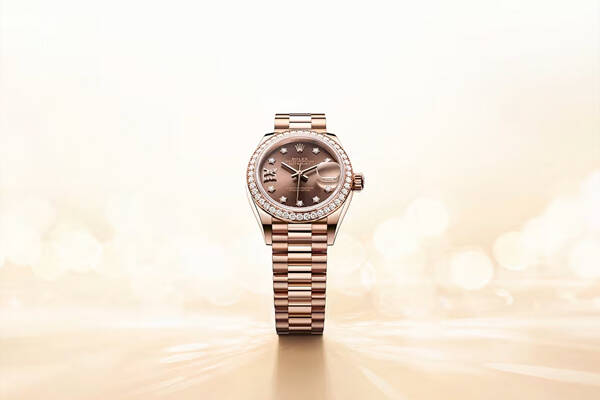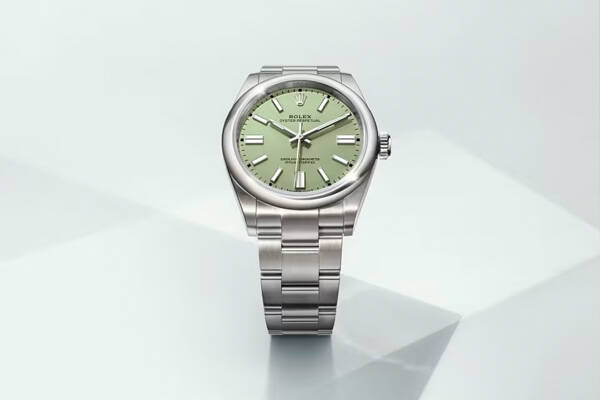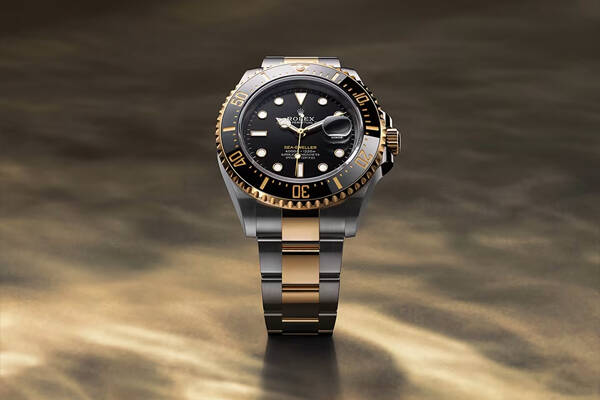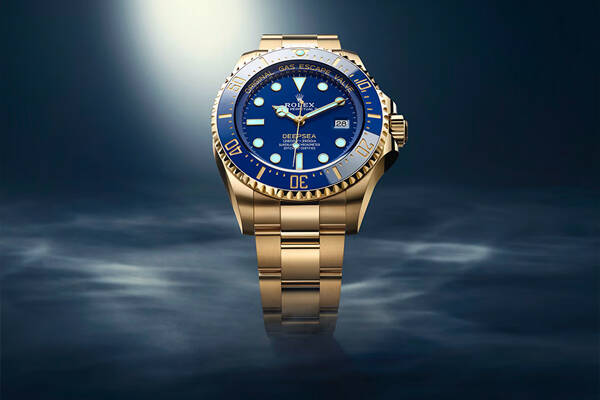Rolex Sea-Dweller
Rolex created the Oyster Perpetual Sea-Dweller in 1967 to meet the challenge of prolonged underwater missions. The Sea-Dweller is specifically designed for saturation diving. Thanks to its helium escape valve, it can withstand decompression on ascent and master the return to the surface – the final phase of deep-sea exploration.
Guaranteed waterproof to a depth of 610 metres (2,000 feet) when it was launched in 1967, then to 1,220 metres (4,000 feet) from 1978, the Sea-Dweller combines all the attributes of the modern divers’ watch.
Tested in real-life conditions as part of the Tektite programme, initiated jointly by NASA, the US Navy and the US Government in 1969, the Sea-Dweller was employed during the first major experiments with underwater habitats.


The new face of diving
In the 1960s, so-called “saturation” diving made it possible to remain at great depths for extended periods. It consists of housing divers in a pressurised habitat, so as to reproduce the pressure that prevails in their underwater working environment. This means that they need only undergo a single decompression process, at the very end of the mission.
This process can damage the watch. Divers breathe a mix of gases composed mainly of helium, whose extremely fine atoms can penetrate the case. On returning to the surface, the helium trapped inside can create a phenomenon of excess internal pressure liable to compromise its integrity.

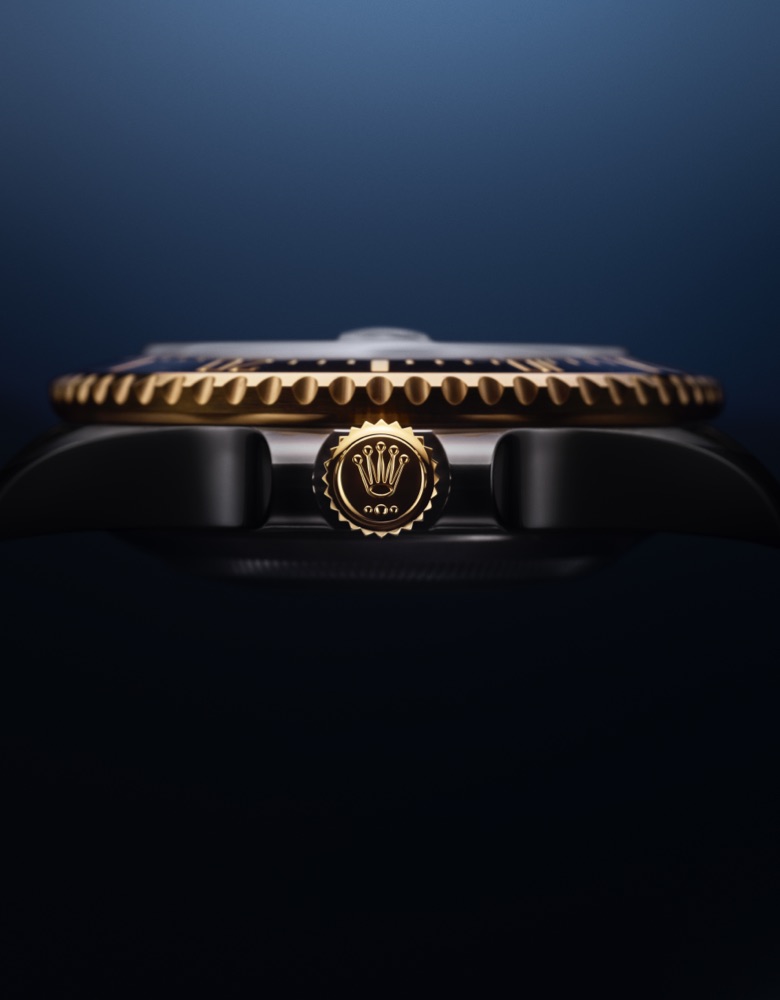
Mastering decompression with the helium escape valve
In order to overcome this problem, in 1967 Rolex introduced the Sea-Dweller, a divers’ watch with a helium escape valve. It is screwed to the case and consists of a hermetic cylinder, a piston, a gasket and a spring, acting as a safety valve. When the internal pressure in the case is too high, it opens automatically, allowing the helium atoms to escape.


All-round legibility
The Chromalight display, exclusive to Rolex, gives the Sea-Dweller optimal legibility in any circumstances. The hour markers, hands, capsule and bezel are filled or covered by hand with a luminescent material that emits an intense blue glow in the dark that lasts up to two times longer than traditional phosphorescent materials.
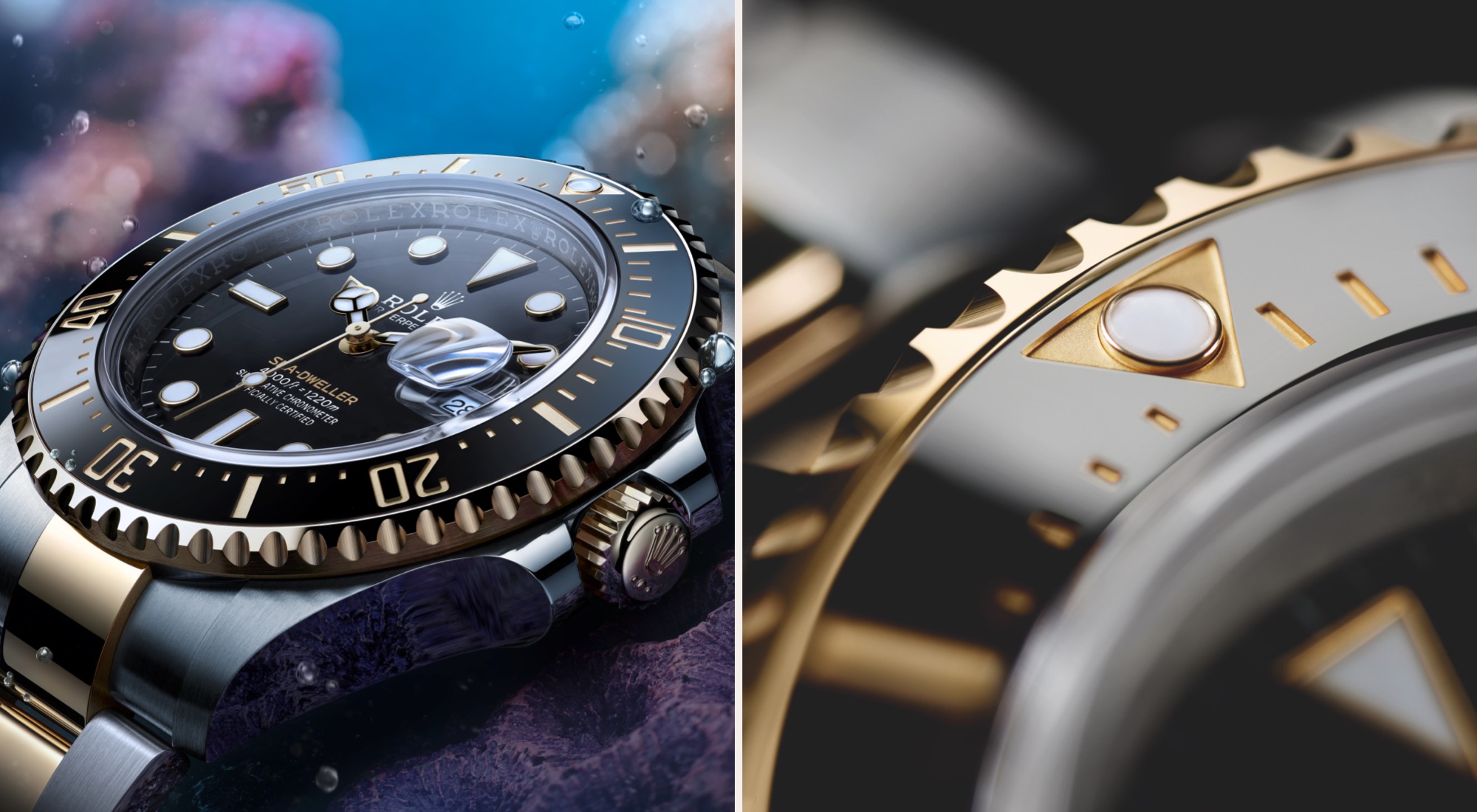

Reinforced waterproofness
The Sea-Dweller is equipped with a Triplock winding crown. This screw-down crown was invented in 1970 and comprises three waterproofness zones. It reinforces the impermeability of the Sea-Dweller’s 43 mm Oyster case, whose middle case is crafted from a solid block of Oystersteel, a particularly corrosion-resistant alloy.
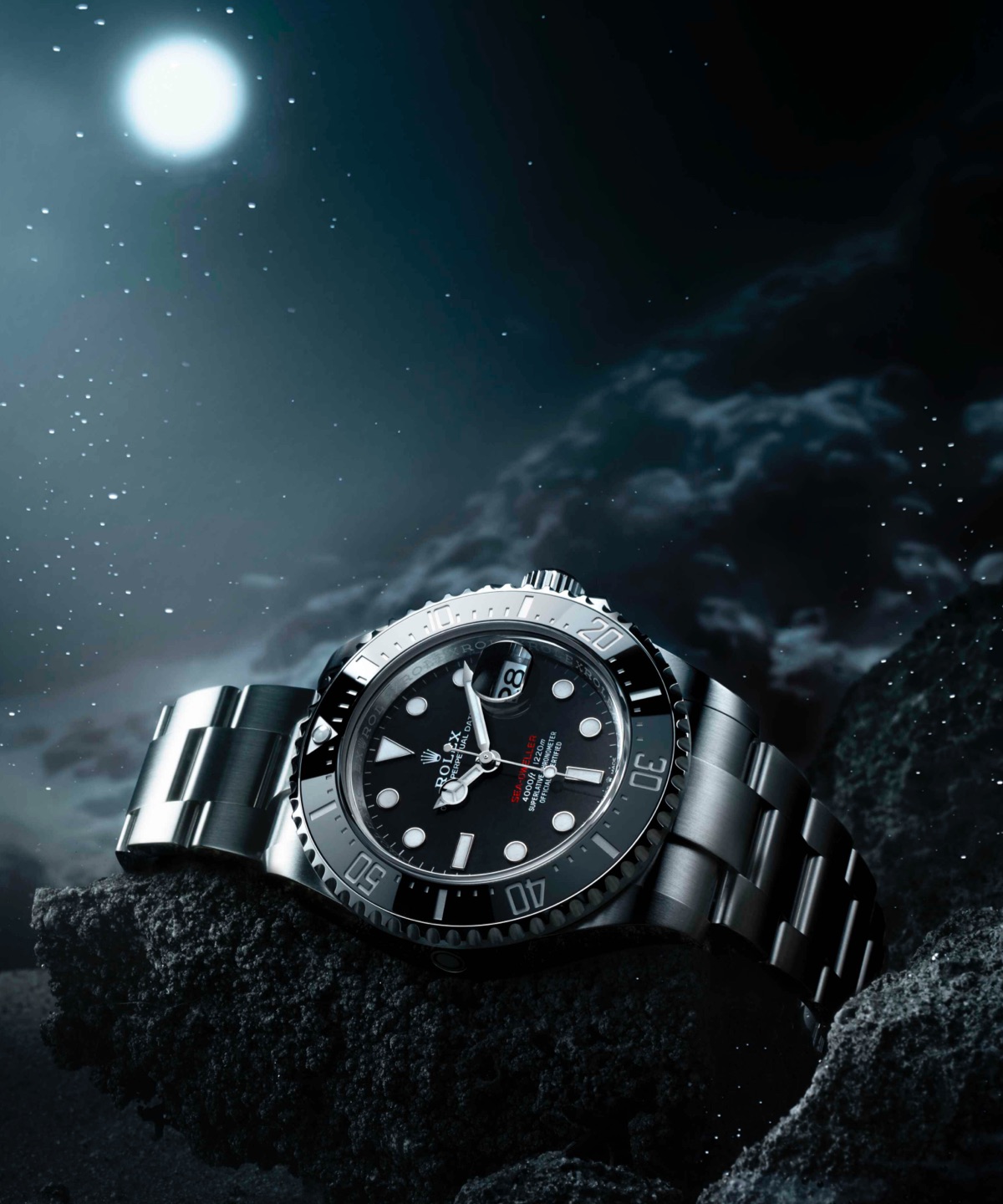

The watch for citizens of the seas
Explorers and oceanographers, like Sylvia Earle, and underwater photographers, such as David Doubilet, are committed to preserving the ocean and know that it is our most precious resource. They wear a Sea-Dweller to reflect their passion and commitment.
Rolex has also partnered with Comex (Compagnie Maritime d’Expertises) since 1971. For several decades, the Sea-Dweller has equipped the divers of this French company, which specialises in underwater engineering, technology and intervention.







